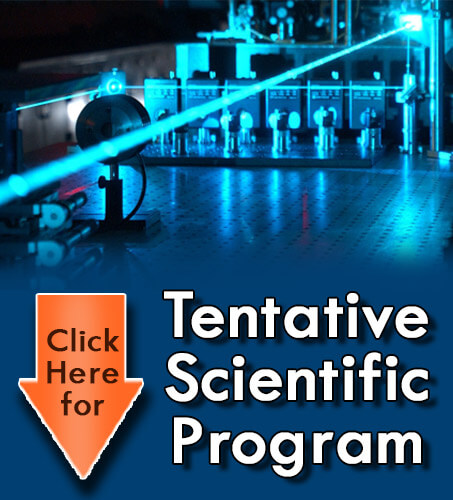
Michael Anjello Jothi Rajan
Tamil Nadu State Council for Science & Technology, India
Title: Photoacoustics spectroscopy: The less explored non-destructive spectroscopy for multicharacterization
Biography
Biography: Michael Anjello Jothi Rajan
Abstract
Optical spectroscopy remains a widely used and most important tool for investigating and characterizing the properties of matter. The energy used in optical spectroscopy exists in the form of optical photons or quanta, with a wavelength ranging from less than 1AËš in the x-ray region to more than 10 6AËš in the far-infrared. It is highly versatile, widely ranged and nondestructive in nature. Optical Spectroscopy has been a scientific tool for over a century and a half and it has proven invaluable in studies on reasonably clear media, such as solutions and crystals and on specularly reflective surfaces. There are, however, several instances where conventional transmission spectroscopy is inadequate even for the case of clear, transparent materials. Such a situation arises when one is attempting to measure a very weak absorption, which in turn involves the measurement of a very small change in the intensity of a strong, essentially unattenuated, transmitted signal. Although this problem occurs for all forms of matters, it has received particular attention in the case of transparent gas mixtures containing minute quantities of an absorbing species or pollutant. Various techniques develop to overcome this difficulty, such as derivative spectroscopic, have proven to generally inadequate. In addition to weakly absorbing materials, there are a great many nongaseous substances, both organic and inorganic, that are not readily amenable to the conventional transmission or reflection modes of optical spectroscopy. These are usually highly light-scattering materials, such as powders, amorphous solids, gels, smears and suspensions. Other difficult materials are those that are optically opaque and have dimensions that far exceed the penetration depth of the photons. Over the years, several techniques have been developed to permit optical investigation of highly light – scattering and opaque substances. The most common of these are diffuse reflectance, attenuated total reflection (ATR) and internal reflection spectroscopy and Raman scattering. All these techniques have proven to be very useful, yet each suffers from serious limitations. In particular, each method is applicable to only a relatively small category of materials, each is useful over a small wavelength range and the data obtained are often difficult to interpret. The modern scanning and tunneling microscopic techniques in spite of their versatility are having inherent inadequacies and economically very costly. The photoacoustic spectroscopy strikes a balance between the optical spectroscopy and the modern microscopic techniques in that it is relatively cheaper, highly efficient over a wide range of wavelengths, applicable for any type of material. The newly developed electronics technology is highly assisting the versatility of the photoacoustic spectroscopy (PAS), Ultrasonic photoacoustic microscopy and Piezoelectric Photoacoustic microscopy (PPAM) to study the thermal and optical characteristics of any type of materials in the micro and nanoscales. In this work, we present the thermal diffusivity measurement of Poly (methyl methacrylate) (PMMA) - montmorillonite (MMT) clay nanocomposite by PPAM and compare it with the X-ray diffraction studies.

